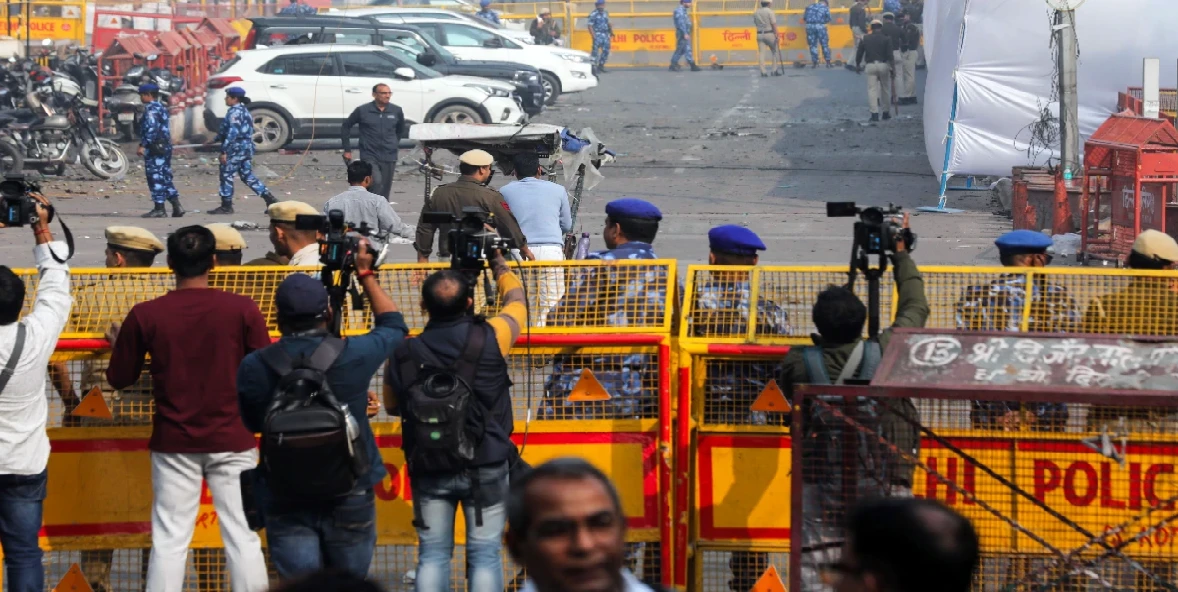The investigation into the Red Fort blast case has narrowed down to three critical aspects: the mysterious activities of the prime suspect Dr. Umar during a crucial three-hour window, the potential terrorist network linked to a university in Faridabad, and the nature of the explosive used.
The most intense focus is on the significant three hours (3:19 PM to 6:22 PM) when Dr. Umar, who allegedly drove the i-20 car involved in the blast, parked his vehicle at the Red Fort parking lot. Investigators are scrambling to determine what Dr. Umar was doing during this extended period-whether he lingered near the car, met anyone, or was simply waiting for the crowd to swell before the blast. A major line of inquiry is whether he was anticipating assistance or a ‘signal’ from a potential sleeper cell operative while in the high-security zone.
The second key area of investigation revolves around the Faridabad university. Names of several doctors linked to this institution have surfaced, leading police to probe the suspected network, which is believed to be connected to a sleeper cell. Authorities suspect the Delhi blast and the massive recovery of explosives in Faridabad (360 kg of suspicious ammonium nitrate and 2,900 kg of IED-making materials) may be part of a larger, inter-state terror network. This recovery led to the arrest of Dr. Muzammil and Adil Rather.
Agencies are also investigating the source of the recovered arms and explosives, whether they arrived in different consignments, and who facilitated their delivery. Efforts are underway to trace other members of the Telegram group allegedly used for communication to determine its longevity and operational heads. Furthermore, investigators are seeking to establish whether Umar, Muzammil, or Adil personally conducted surveillance (recce) in Delhi or relied on other operatives for this purpose.
